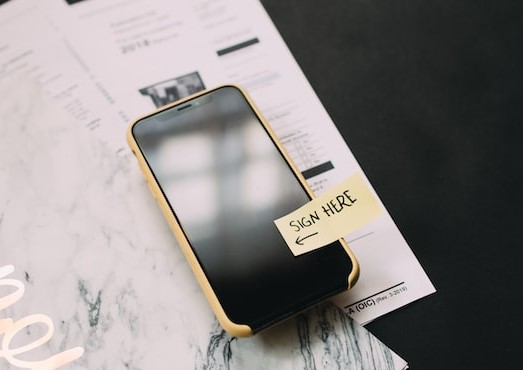Of course, a malpractice insurance underwriter will review everything a law firm submits in its application and obviously a great deal can be learned about a firm from the information provided. However, the way a firm treats the application process can speak volumes as well.
When a firm has had its renewal application for 90 days but ends up returning it on the day the current policy is set to expire, should the underwriter be concerned about how the attorneys treat critical deadlines with client files? When an underwriter calls to obtain additional information from a firm and the phone call isn’t promptly returned, or worse yet, multiple calls are never returned, does that suggest the firm might have a problem promptly responding to client inquiries? What might a sloppy or incomplete application say about a firm’s attention to detail and quality control of client files? Taken together, what might all the above examples say to an underwriter about attorney workloads at the firm? The issues raised in these questions are significant issues to a malpractice insurance underwriter because they speak to the overall risk exposure of a firm. The actions or inactions of attorneys during the underwriting process are going to leave an impression and impressions count with malpractice insurers, just as they do with clients.
How to Make the Best Impression:
- Thoroughly answer all questions asked in the insurance application.
- Explain your firm’s unique situations and/or relationships.
- Make sure the application and any accompanying documentation is consistent or take the time to explain any inconsistencies. For example, if your application indicates that you have two partners, two associates, and one contract attorney, but your letterhead indicates that you have five attorneys, two of whom are of-counsel, explain the discrepancy. If an answer to any question requires further explanation, that’s okay.
- Provide a detailed response so that any concerns the underwriter might have can be alleviated upfront.
- Most importantly, never withhold specifically requested information when filling out an application regardless of how damaging you fear it might be. Dishonesty at the application stage can result in the carrier rescinding the policy later on. Were that to be the case, you would also lose coverage for all prior acts. That’s an outcome you never want.

Insuring the Business Risks of a Law Practice
Learn the basics of Lawyers' Professional Liability Insurance, understand when to purchase, know what your dollars will buy and a few tips when applying for coverage! Check out the ALPS Guide to Purchasing.
Try to submit your application well in advance of any deadline. Consider adding a cover letter to your application in order to provide details about the image, reputation, and operation of your firm. In short, explain why an underwriter should feel comfortable insuring the risk your firm represents. With some carriers, this kind of information can positively impact the premium number that will be quoted.
If any claims are being reported on the application, detail the steps your firm has taken to prevent the reoccurrence of a claim similar to the one(s) you are reporting. Be straightforward and share what was learned as a result of the claim as well as why something similar shouldn’t ever happen again. To state it another way, explain why your firm is now a better risk in light of the learning that occurred as a result of the claim(s). Note, however, that a glib response such as “the problem attorney was fired post haste” or a response that indicates the firm has not accepted any responsibility for the claim are not going to be well received.
Finally, most attorneys are well aware that malpractice insurance companies respond negatively to firms that routinely sue for fees because fee suits invite malpractice counterclaims. If your firm routinely files fee suits several times a year or more, consider redesigning your billing and collection practices and explain how these new procedures will minimize the need to sue for fees going forward. If you rarely sue for fees, detail the decision-making process so that the underwriter will know how such decisions are made. This is important because there is a huge difference in risk between a firm that will sue a client every time a significant delinquency develops regardless of the reason why and one that has a process in place where the quality of work can be reviewed in files once a fee has become past due coupled with a determination of the client’s ability to pay what is owed. Suing for fees when the client has no ability to pay only invites trouble and underwriters know that.
Late, sloppy, and/or incomplete applications are all examples of situations where relevant information has been provided, albeit unintentionally, to a malpractice insurance company. This information can’t help but color an underwriter’s perceptions during the decision-making process of whether to provide a quote or impact the amount of the quoted premium. When it comes to insuring a risk, the more information an underwriter has the better the underwriter is going to be able to understand and accurately evaluate the risk. Thus, the time it takes to complete a malpractice insurance application thoroughly and diligently is going to be time well spent.



 Mark Bassingthwaighte, Risk Manager
Mark Bassingthwaighte, Risk Manager



